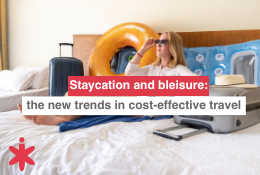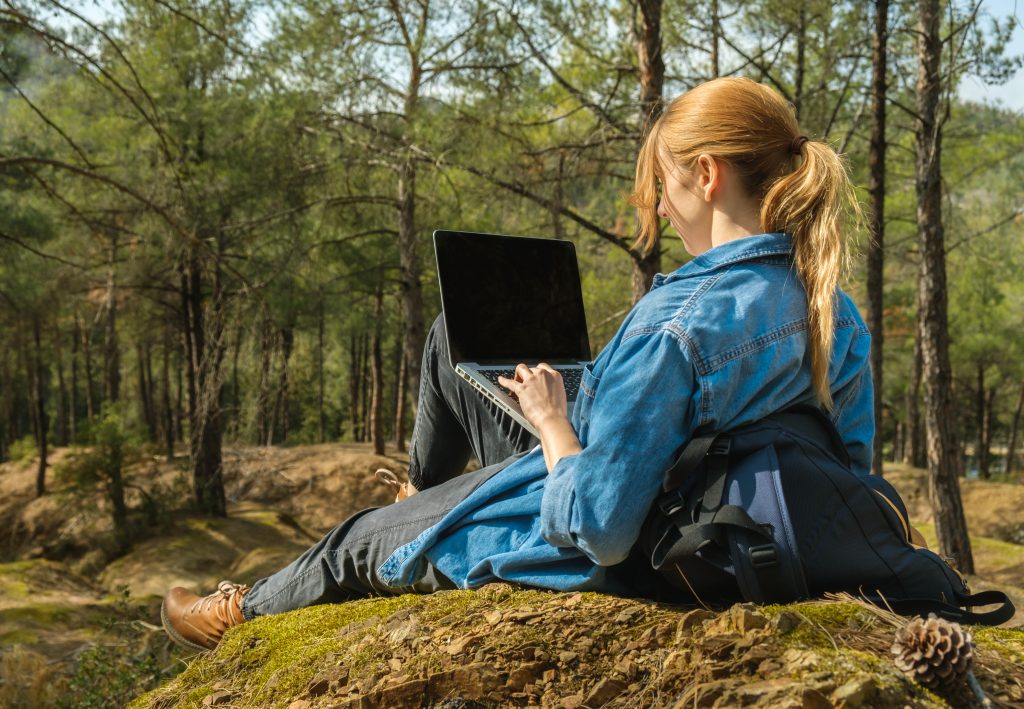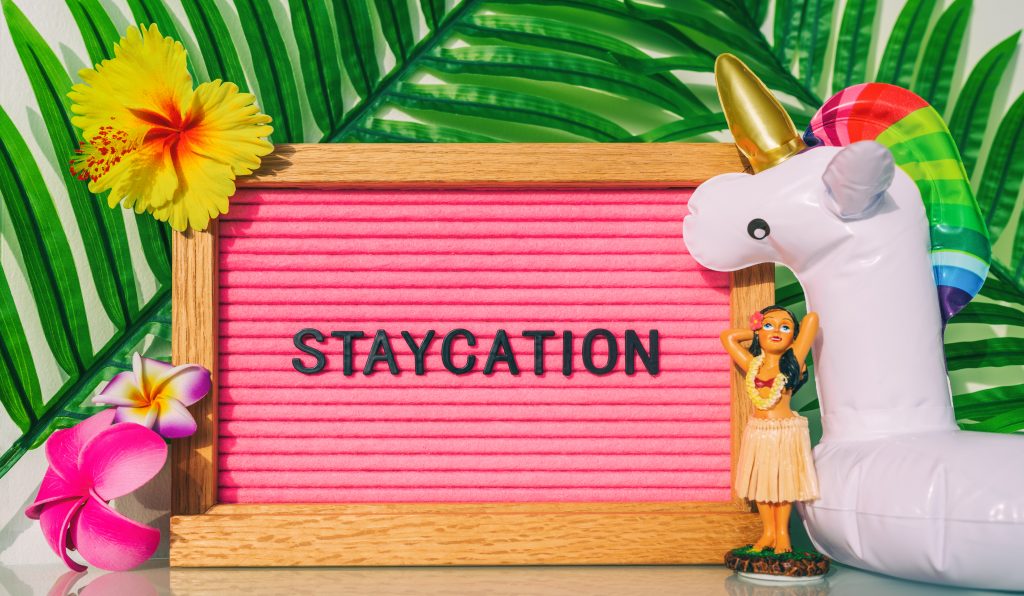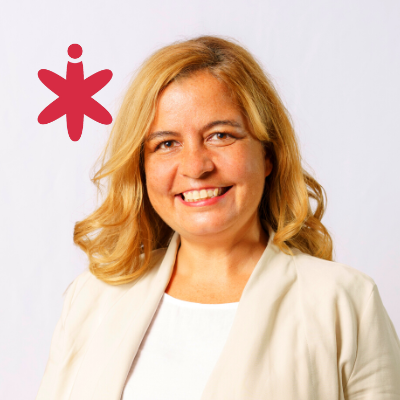Staycation and bleisure: the new trends in cost-effective travel
Staycation and bleisure: the new trends in cost-effective travel

6 tips for developing an effective influencer communication strategy
06/07/2022
The Nature-Based Traveller
01/08/2022Staycation and bleisure: the new trends in cost-effective travel

The tourism sector is constantly evolving, as exemplified by the growing trends of ‘staycations’ and ‘bleisure’. These new forms of travel have created new possibilities for travelers and tour operators alike.
Both trends arose through polar opposite circumstances, one in crisis and the other during boom, yet remained indefinitely as new ways of traveling and exploring destinations, in a more economically viable way than conventional travel. These two different, yet interlinked, forms of tourism have existed for several years but continue to enjoy year-on-year growth.

In fact, today the hashtag #staycation has 8.5 million users on Instagram – one of the main channels of inspiration for travelers. This figure highlights the interest generated in this type of travel, which had its origins in 2007, at the dawn of the previous great economic crisis. After all, staycation is the fusion of the two English terms, namely stay and vacation, with the closest translation as simply a “holiday at home”. Not in the literal sense of taking a holiday in one’s own house but rather a holiday closer to home, without the need for long journeys. The staycation trend flourished during the pandemic months, given the strict restriction on movement between cities and countries. Indeed, 2022 saw the end of travel bans and the release of months of pent-up demand for travel, ushering in the long-awaited recovery of conventional tourism. According to the latest UNWTO World Tourism Barometer, in the first quarter of this year, travel had already picked up momentum, with international arrivals to destinations almost tripling, compared to the same period last year, a year-on-year increase of 182%. Europe has led this upturn, with 280% more international arrivals, especially inter-regional arrivals. In other words, so far this year, the trend of travel without long-haul journeys has continued.
Staycation as an alternative to the changing environment
However, as Cloudbeds’ Travel Trends 2022 report noted, if anything, the pandemic has altered the way we travel, creating a dynamic and unpredictable demand environment. The beginning of tourism’s recovery has come against the backdrop of a complex political and economic landscape weighed down by, among other factors, the war in Ukraine and its economic consequences, as well as a general misalignment of energy and commodity prices. Not to mention the upturns in the pandemic. All of this could contribute to a rethinking of travel and a revision of expectations, in which staycations once again play a leading role. According to an article published in Hosteltur, based on Ipsos data, only 17% of Britons – one of the main source markets for Spain – have enjoyed a holiday in Europe this year, while 65% have decided to opt for a destination in the United Kingdom and/or close to home. Moreover, staycations are associated with slow tourism and the concept of sustainability, which is increasingly being taken into account when choosing a holiday.

Work and leisure in one trip
The concept of bleisure has also been a long-standing travel trend. More closely linked to business travel, bleisure is the combination of business and leisure. In practice, it means extending a business trip by a few days in order to enjoy the destination. It is therefore another way of traveling, which is also used to save part of the budget, mainly on travel costs. According to a study by the consulting firm Report Consultant in 2019, it was estimated that bleisure tourism would generate 1.4 billion euros globally in 2026, with a year-on-year growth of 4.1% . Given this context, destinations and tourism companies have been adapting their offering to facilitate bleisure. Some airlines offered free stopovers with hotels included, or discounts and exclusive offers for business travelers, such as the campaign carried out by Madrid in 2017. However, business travel was one of the segments hardest hit by the pandemic and therefore bleisure suffered by association.
That said, forecasts from the GBTA (Global Business Travel Association) for the recovery of business travel are optimistic, based on clear signs of recovery, especially within domestic travel. As for bleisure, there are several reports that also place it as one of today’s leading travel trends, mainly due to the pandemic shifting working habits, giving rise to the normalisation of remote working and the concept of digital nomads. So much so that companies are asking themselves, both before and after the pandemic, how to include bleisure in corporate policies and to what extent the company is liable for what might happen during the trip.
As for this year’s forecasts for bleisure, according to data from Travellyze, ITG’s tourism intelligence platform, 44.3% of Spaniards who intend to combine work and leisure in their travels this year are looking for new experiences in the destination. Furthermore, compared to the previous year, 28.8% more Spaniards are opting for a destination with direct flights, which makes sense if you take into account the business aspect of the trip, where ease of connection is preferred. The trend is most popular with generation Z and millennials with data indicating that the highest percentage of travelers opting for bleisure, 35.1%, are between 25 and 34 years of age. Bulgaria, Cyprus and Singapore, are the top three destinations that Spaniards, who opted for bleisure, have enjoyed the most.
Miriam González
PR Team


 All the news
All the news  Back to newsroom
Back to newsroom

